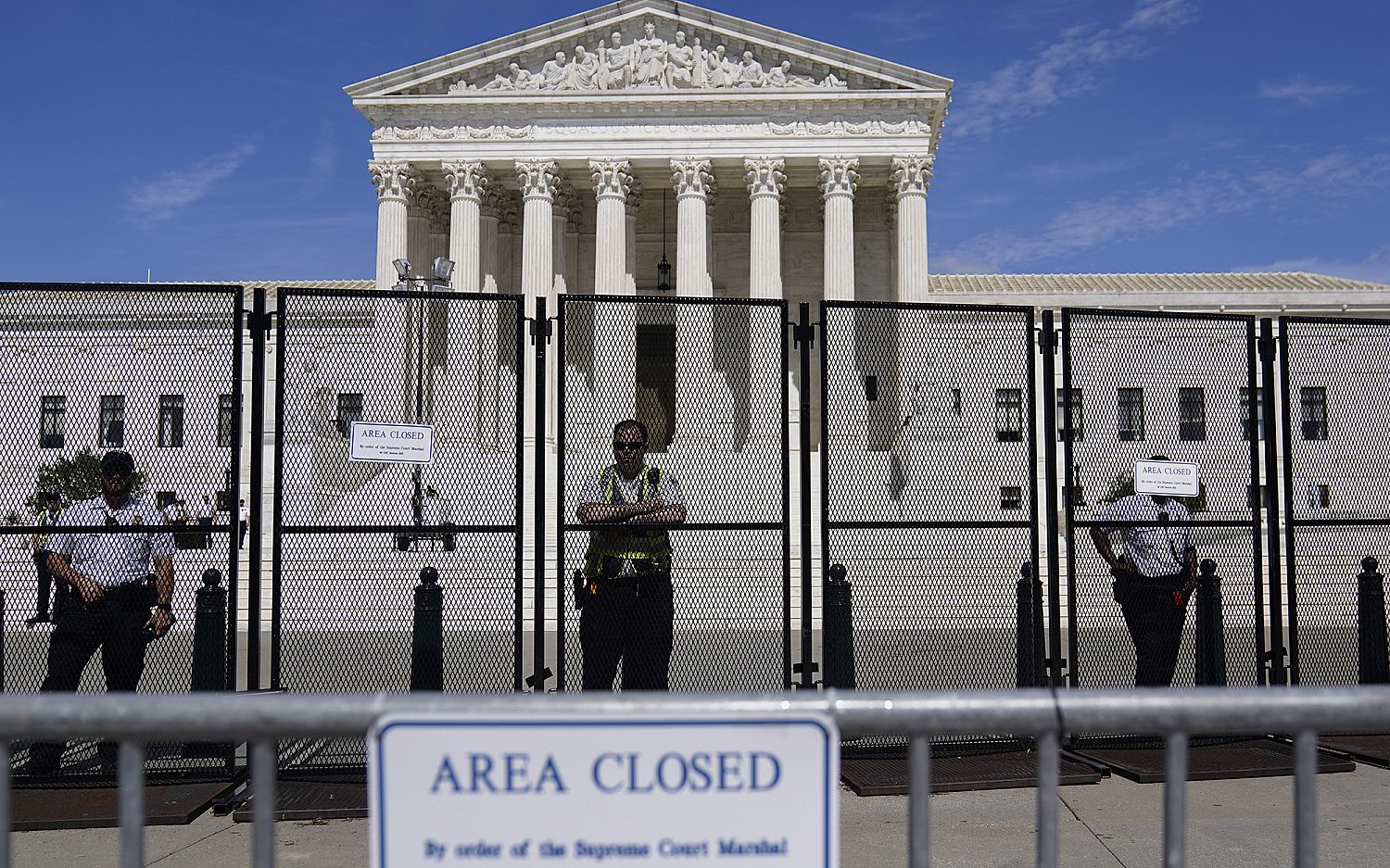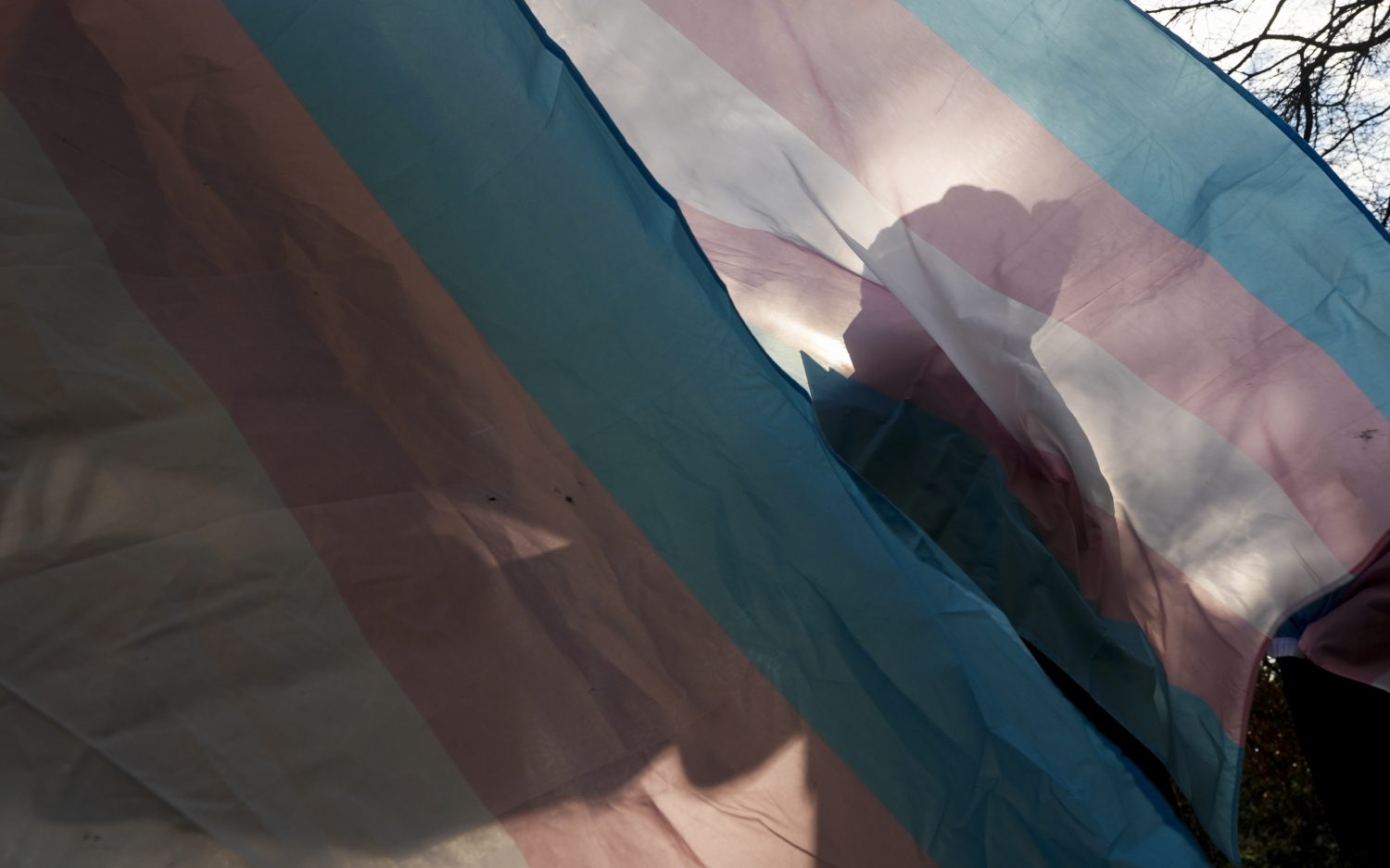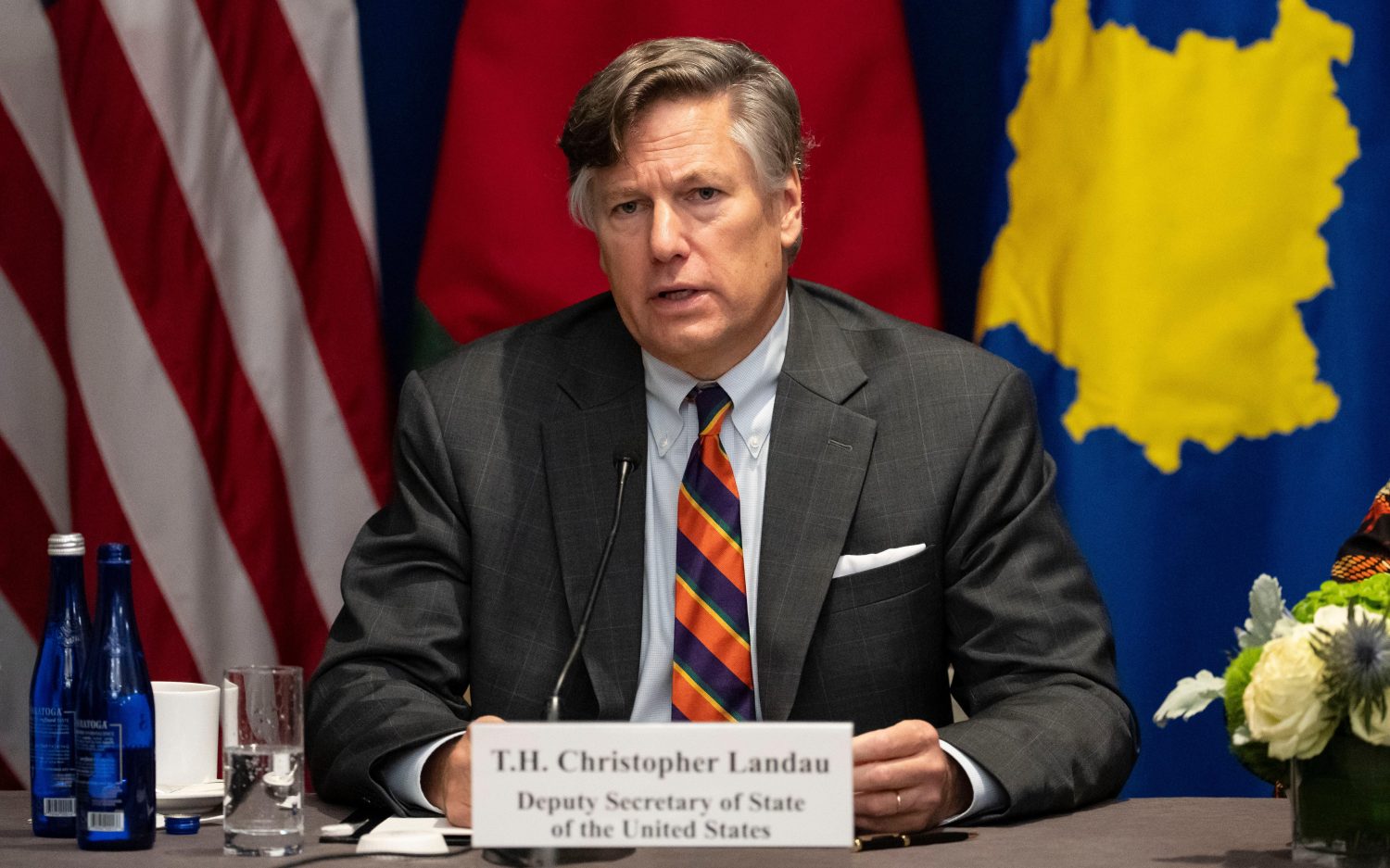Pope Francis has died
“He taught us to live the values of the gospel,” Vatican says
Pope Francis, the 266th pontiff of the Roman Catholic Church, has died at the age of 88. The Vatican announced his death Monday with a statement by Cardinal Kevin Farrell, who said of the pope, “He taught us to live the values of the gospel with fidelity, courage, and universal love, especially in favor of the poorest and most marginalized. With immense gratitude for his example as a true disciple of the Lord Jesus, we commend the soul of Pope Francis to the infinite merciful love of the One and Triune God.”
How did Francis spend his final days? The Pope on Sunday appeared at St. Peter’s Basilica in the Vatican City where he delivered his final Easter message. At his last public appearance Francis prayed for a ceasefire in Gaza, urged followers to pray for Christians in the Middle East, and called on politicians to unite the world and end hostilities. “The light of Easter impels us to break down the barriers that divide us,” he said. Francis spent the week leading up to Easter meeting with leaders in the Roman Catholic Church and visiting a prison. He also met privately Sunday morning with U.S. Vice President J.D. Vance.
How have world leaders responded to his death? Britain’s King Charles mourned Francis’ death in a statement in which he commended the pope’s dedication to caring for people and the planet. Former Anglican Archbishop of Canterbury Justin Welby and the Archbishop of York Stephen Cottrell also released statements recognizing the pontiff’s example of humility and service for the poor. Meanwhile, Italian Prime Minister Giorgia Meloni, French President Emmanuel Macron, European Union Commission President Ursula von der Leyen, Israeli President Isaac Herzog, and other world leaders wrote tributes to Francis’ influence far beyond the Catholic Church. The White House posted photos of Francis meeting with both Vance and President Donald Trump. Vance posted his own tribute, remembering a favorite homily that Francis gave during the early days of the COVID-19 pandemic.
What is Francis’ background? Francis was born Jorge Mario Bergoglio in Buenos Aires, Argentina, in 1936 to Italian immigrants, according to his official Vatican biography. An archbishop in Argentina in 1969 ordained him as a priest, and he held multiple positions in the Roman Catholic Church and at universities. In 1992, Pope John Paul II appointed Bergoglio as Bishop of Auca and Auxiliary of Buenos Aires. In 1998, he became archbishop of Argentina, and John Paul II in 2001 made him a cardinal. A conclave in 2013 elected him to be the next Pope after Pope Benedict XVI resigned the position.
What is his legacy in the Roman Catholic Church? Francis was the first pope to be a member of the Society of Jesus, also known as the Jesuit Order. He was also the first pope from the Americas. During his time as leader, Francis spoke in favor of immigration, appointed the Catholic church’s first female prefect, and allowed church leaders to bless same-sex couples. He also spoke against surrogacy, abortion, and the war in Gaza. Francis stood against pressure from inside the church, and outside of it, to abandon fundamental Church doctrine, said Ashley McGuire, a senior fellow with The Catholic Association.
What will Francis’ funeral include? The Vatican last year published a new edition of the liturgical book for papal funeral rites. According to the new guidance, parishioners will be able to view the pope’s body inside his open coffin and the pope will no longer be buried in three nesting coffins made of cypress, lead, and oak. Instead, Francis will be buried in a single wooden coffin lined with zinc. The ascertainment of death will also take place in the chapel, rather than the room of the deceased pope. Cardinal Kevin Farrell was expected to preside over the rite of ascertainment of death for Pope Francis on Monday evening.
What is the process for selecting a new pope? When a pope dies, the College of Cardinals—a group of bishops and Vatican officials preselected by the pope from all over the world—assumes governance of the church, according to the U.S. Conference of Catholic Bishops. Usually about 2-3 weeks later, a conclave is held where the new pope is chosen by a group of no more than 120 cardinal electors, all under the age of 80. The electors gather at the Sistine Chapel in Vatican City, where they swear an oath of secrecy, and the doors are sealed. Four rounds of secret ballot voting are held daily until a candidate receives two-thirds of the votes. If no one receives the necessary two-thirds of the votes, the ballots are burned with a chemical mixture that produces black smoke above the chapel. If a candidate receives the necessary two-thirds of the vote—and he accepts the position—he chooses a papal name and appears at the balcony of St. Peter’s Basilica. The ballots are then burned with a chemical mixture that produces white smoke, signifying the selection of a new pope. McGuire, of The Catholic Association, said the church should looks for his successor to speak with clarity on fundamental, unchangeable truths and Catholic teachings.
Dig deeper: Read Jordan Ballor’s column for WORLD Opinions critiquing liberation theology, which emerged in South America, and the pope’s support for some of its concepts.
An actual newsletter worth subscribing to instead of just a collection of links. —Adam
Sign up to receive The Sift email newsletter each weekday morning for the latest headlines from WORLD’s breaking news team.





Please wait while we load the latest comments...
Comments
Please register, subscribe, or log in to comment on this article.